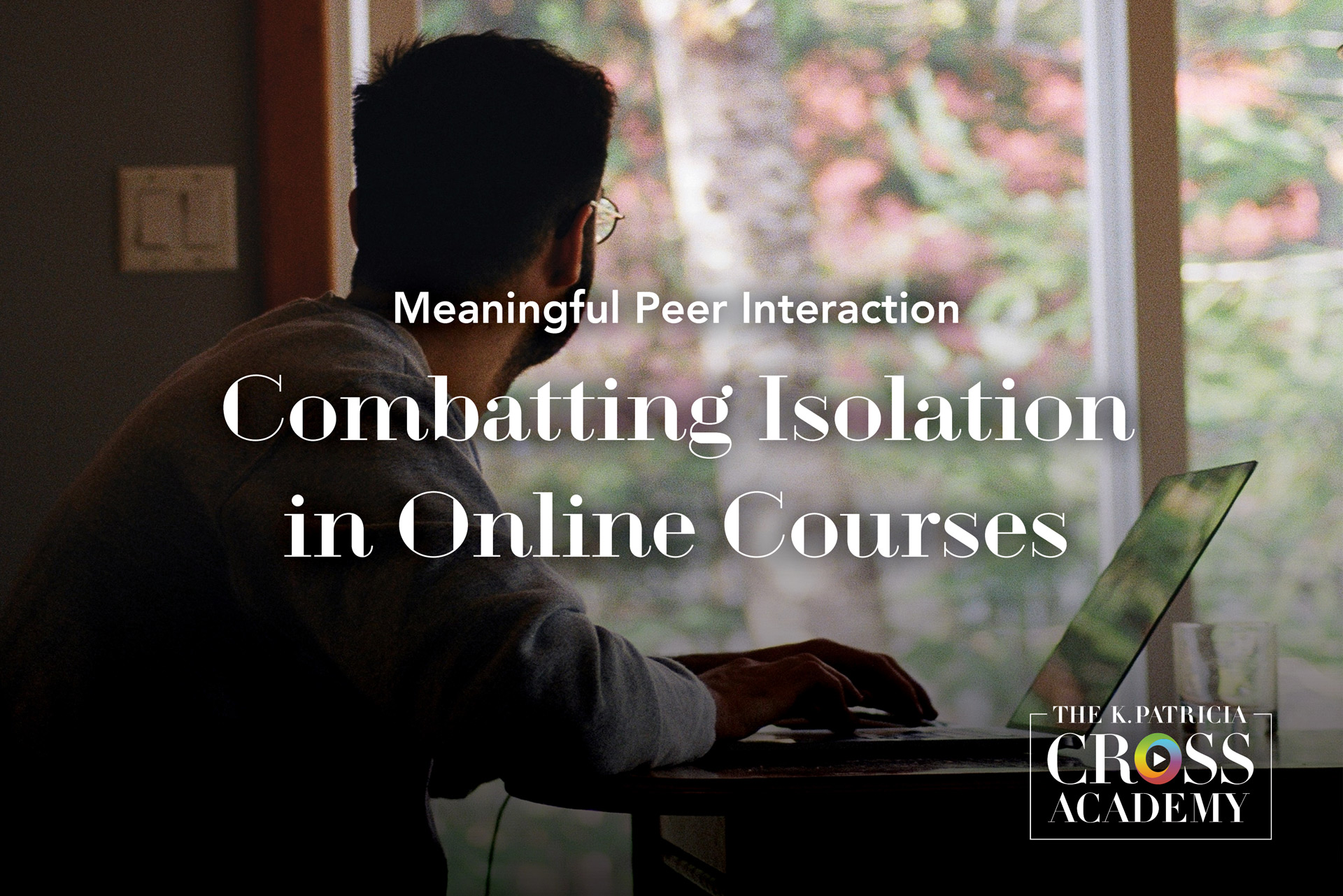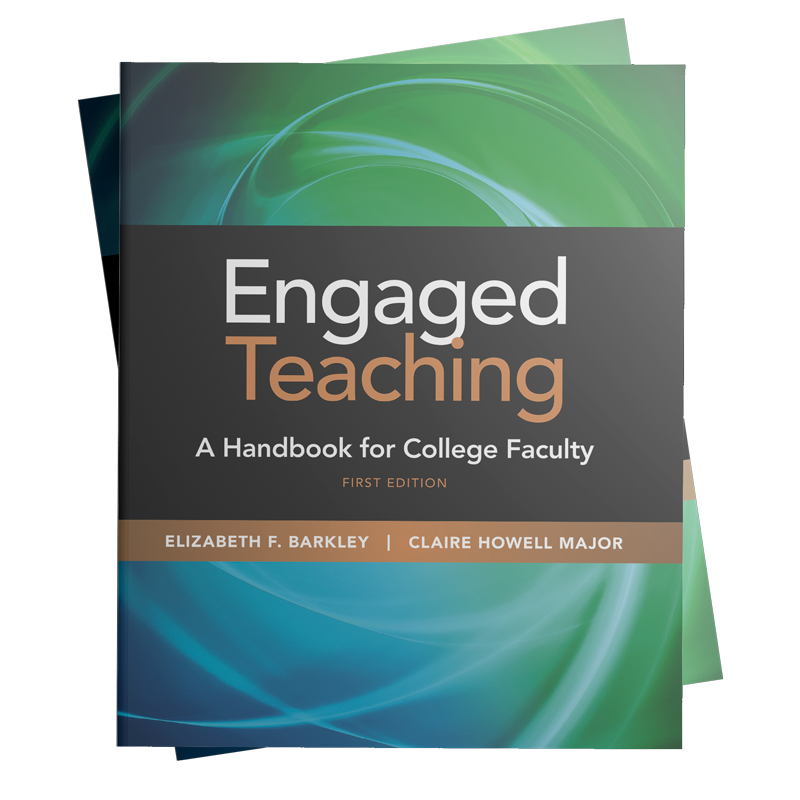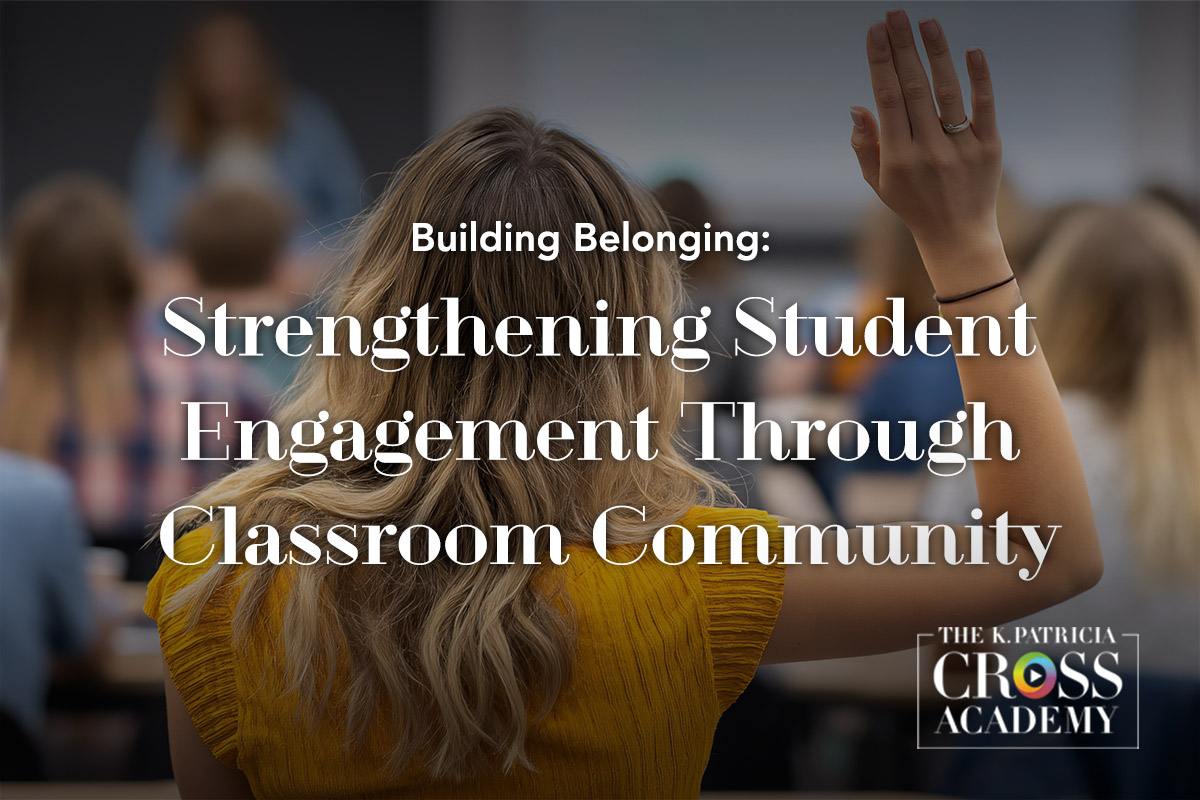
It’s common knowledge for any educator who has taught online that it can be a significant challenge for students who are learning online to develop feelings of connection with their peers and teacher. Instead, students can easily feel isolated and alone in online learning spaces (Blackmon & Major, 2012). This sense of isolation can add new challenges to students’ engagement as well as learning outcome achievement. Indeed, students in online courses often describe isolation as one of the biggest impediments to their learning, satisfaction, and success (Blackmon & Major, 2012; Rasheed, et al. 2020).
For those of us who teach online it then becomes extremely important to help ensure students have their best chance at success by helping them to overcome feelings of isolation and to develop strong senses of social connection, peer learning, and collaboration.
What is Isolation and Why Does It Matter Online?
Isolation at a fundamental level is the feeling of being alone. While it may involve a sense of being separated psychologically, geographically, or temporally from our fellow human beings, it also implies a detachment that is involuntary in nature.
Important as educators, is the understanding that feeling socially isolated while learning may influence students’ motivation to exert the necessary intellectual effort. This, in turn, can influence their learning behaviors and ultimately their academic success.
Researchers for the National Survey of Student Engagement have linked student engagement to many important learning outcomes. When confronted with a sense of isolation, however, students are much more likely to actively disengage, creating a significantly rockier path to achieving positive learning outcomes. Feelings of isolation are not necessarily due solely to learning online instead of on campus. Indeed, on-campus students can also feel isolated and face the same undesirable outcomes of such feelings. In online education, however, the physical and often temporal separation can exacerbate feelings of isolation (Croft et al., 2015).

These forms of separation—physical and temporal—can contribute to what Michael G. Moore calls “transactional distance” in his classic theory of online communication. Transactional distance, according to Moore, is the psychological or communicative space that separates instructor from learner in the transaction between them (Moore, 1997, p. 1). In practice, this means that in online learning, separation can “lead to communication gaps, a psychological space of potential misunderstandings” (Moore & Kearsley, 1996, p. 200) that can separate learners from each other as well as from the instructor, contributing to students’ sense of isolation.
Online, transactional distance can increase regardless of the form of communication. For example, asynchronous instruction may not provide the temporal immediacy often associated with in-person social interaction—the communication exchange simply takes longer. Likewise, synchronous online communication can serve to highlight geographical differences, with the resulting interaction seeming artificial and constrained—we are simultaneously together, but still very much apart.
Feelings of isolation when learning online have been around for as long as online learning has existed. As early as 1998, Daugherty and Funke noted that a sense of isolation negatively impacted students’ experience in online courses. As one student put it,
It is a cold medium. Unlike face-to-face communication, you get no instant feedback. You don’t know how people responded to your comments; they just go out into silence. This feels isolating and unnerving. It is not warm and supportive. (Wegerif, 1998, p. 38)
Indeed, early research shows that “online students feel a weaker sense of connectedness and belonging than on-campus students who attend face-to-face classes” (Rovai, et al., 2005).
Fortunately, the Internet has become increasingly social since the beginning of online learning, and the psychological distance is something that we instructors can help bridge. Educators have new methods and tools available for helping to enhance social interaction and to reduce isolation. When done well, learning online can help students develop deep and meaningful connections with others and foster strong communities that support and sustain learning.

How Can We Help Students Overcome Feelings of Isolation?
Helping students overcome feelings of isolation revolves around putting them directly in touch with each other and actively encouraging intercommunication about course content and skills.
This communication can either be asynchronous or synchronous, with research documenting that online learning incorporating asynchronous online interactions can prompt students to intellectually engage with content (Watts, 2016). Synchronous interactions can allow for more instantaneous and visual interactions and are positively associated with behavioral and affective engagement outcomes (Watts, 2016; Hrastinski, 2008).
We can use these forms of communication in three key ways to combat isolation and encourage meaningful peer interaction: social connection, peer learning, and collaborative projects.
Social Connection
As we noted in the CrossCurrents post titled “Building Community in Online Courses,” helping a group of learners get to know each other and to build familiarity and positive interdependence can reduce isolation and improve learning. Social connections are particularly important in online courses given the increased potential for students to feel isolated and alone. When we structure activities that encourage students get to know each other and interact, the likelihood of them feeling connected increases. To help students get to know each other, we encourage you to consider Dyadic Interviews and Digital Stories.
In Dyadic Interviews, student pairs take turns asking each other questions that tap into values, attitudes, beliefs, and prior experiences that are relevant to course content or learning goals.
View main video here: View Technique →
View online adaptation here:
For Digital Stories, students use computer-based tools, such as video, audio, graphics, and web publishing, to tell personal or academic stories about life experiences relevant to course themes. Sharing these digital stories with each other can help students know each other and understand each other’s lived experiences in relation to the course content.
View main video here: View Technique →
View online adaptation here:
Peer Learning
Peer learning is an approach in which students teach each other. As we instructors well know, one of the best ways to learn something is to teach it to someone else. Research on reciprocal peer teaching dates back decades and consistently shows positive results (Barkely & Major, 2014). To encourage peer learning in your online course, consider Dyadic Essays, Note-Taking Pairs, and Jigsaw.
In Dyadic Essays, students complete a content unit, identify a central question and draft an answer to that question. Next, they exchange questions with a peer and prepare responses. Finally, pairs read and compare the model and their own answers. By prefacing the collaborative portion of this exercise with individual preparation, students who normally avoid group discussion may be more comfortable participating and thus may be more comfortable helping their peers learn.
View main video here: View Technique →
View online adaptation here:
In Note-Taking Pairs, student partners work together to improve their individual notes. By partnering with a classmate, students are not only encouraged to apply greater care to their notetaking, but they also benefit from viewing the subject matter from a different perspective. The shared responsibility provided by this exercise can also foster deeper student engagement and shared responsibility for learning.
View main video here: View Technique →
View online adaptation here:
For Jigsaw, students work in small groups to develop knowledge about a given topic before teaching what they have learned to another group. While this may be a daunting task when faced alone, when faced as a group, the responsibility is shared. This makes the task much more approachable, while also serving as a building block in the creation of a sense of course community.
View main video here: View Technique →
View online adaptation here:
Collaborative Products
Maintaining student engagement is essential to combat student isolation in online courses. Just as in in-person learning environments, collaborative learning is a great tool for fostering engagement in online courses. While many educators turn to discussion to help foster this necessary engagement in their courses, students’ individual learning styles and personalities can affect their ability—and willingness—to participate. Having students focus on creating a collaborative product can provide an end goal that can help make collaborative learning more meaningful and achievable online. Case Studies and Class Book maximize the effectiveness of intellectual collaboration online and also lead to polished products.
With Case Studies, student teams review a real-life problem scenario in depth. Team members apply course concepts to identify and evaluate alternative approaches to solving the problem. By breaking discussion down into smaller groups, many students feel less anxiety around participating, which increases participation. Furthermore, the real-world context of the case study can give students a clearer path to deeper understanding of disciplinary knowledge. Students can write a formal case brief documenting their collaborative work together that stands as a finished product from the activity.
View main video here: View Technique →
View online adaptation here:
For the Class Book technique, individual students work together to plan and ultimately submit a scholarly essay or research paper. Then all students’ papers are published together. The act of both planning and producing a class book or journal requires close collaborative work to establish topics, workflows, and effective working relationships, while the final product represents a significant shared goal and a sense of accomplishment that is magnified by collective effort.
View main video here: View Technique →
View online adaptation here:
Email us to receive information about new blog posts.
References:
Barkley, E. F., Major, C. H. & Cross, K. P. (2014). Collaborative learning techniques: A resource for college faculty. 2nd edition. Jossey-Bass.
Blackmon, S. J. & Major, C. H. (2012). Student experiences in online courses: A qualitative research synthesis. Quarterly Review of Distance Education, 13(2), 77–85.
Croft, N., Dalton, A., & Grant, M. (2010) Overcoming isolation in distance learning: Building a learning community through time and space. Journal for Education in the Built Environment, 5(1), 27-64.
Hrastinski, S. (2008). Asynchronous and synchronous e-learning. EduCause Quarterly, 4, 51–55.
Moore, M. (1997). Theory of transactional distance. In Keegan, D. (ed). Theoretical principles of distance education. (pp. 22-38). Routledge.
Moore, M., & Kearsley, G. (1996). Distance education: A systems view. Wadsworth.
Rasheed, R. A., Kamsin, A., & Abdullah, N. A. (2020). Challenges in the online component of blended learning: A systematic review. Computers & Education, 144, 103701.
Rovai, A.P., Wighting, M.J., & Liu, J. (2005). School climate: Sense of classroom and school communities in online and on-campus higher education courses. Quarterly Review of Distance Education, 6(4), 361-374.
Watts, L. (2016). Synchronous and asynchronous communication in distance learning a review of the literature. Quarterly Review of Distance Education, 17, 23–32.
Suggested Citation
Barkley, E. F., & Major, C. H. (n.d.). Meaningful peer interaction: Combatting isolation in online courses. CrossCurrents. https://kpcrossacademy.ua.edu/combatting-isolation-in-online-courses/

Engaged Teaching
A Handbook for College Faculty
Available now, Engaged Teaching: A Handbook for College Faculty provides college faculty with a dynamic model of what it means to be an engaged teacher and offers practical strategies and techniques for putting the model into practice.





